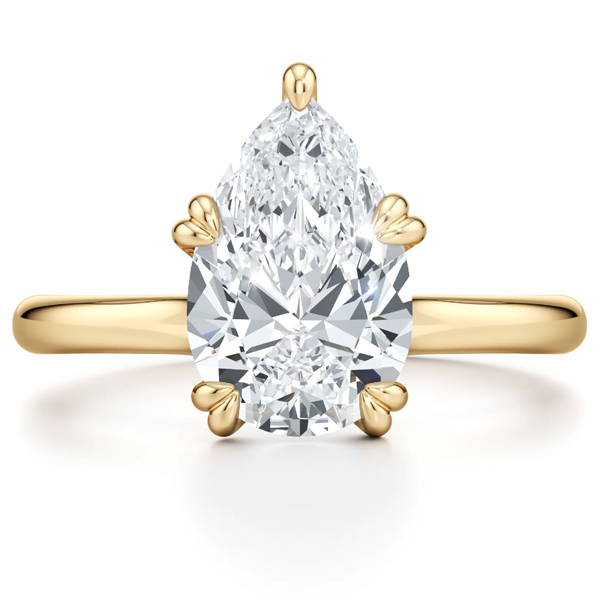
Lab-grown diamonds may be a polarizing issue within the industry, but are now very much a mainstream product to consumers.
For many engagement-ring shoppers, a lab-grown stone offers the bigger look they’re longing for at a more affordable price. Where once they might have had only something like cubic zirconia to turn to, they now have an alternative that, to the untrained eye, looks like a natural diamond.
But people aren’t opting for the lab-grown route only for a bigger stone at a lower price—some feel it’s the responsible way to shop for gemstones.
“The value proposition is by far the reason why people choose to buy lab diamonds,” says Jean Dousset, founder of the eponymous brand. “Second consideration is the ethical aspect, and then the sustainable angle.
“It’s not just a bigger look, but really what people consider as the ideal diamond size that fits their lifestyle. It’s also important to mention that lab diamonds afford consumers the ability to purchase higher-quality diamonds,” Dousset says.
“Call it ‘quiet luxury,’ but right now most people are gravitating towards more simple settings as lab grown-diamonds are allowing consumers to buy larger stones. There is less of a need to add a lot of smaller diamonds to the setting to compensate,” he says, adding, “Oval-shaped engagement rings remain a big draw.”
Kristy Cullinane, cofounder of Plum Diamonds, a lab-grown diamond brand, says, “The most popular size is dropping a little to just over two carats, but we’re still seeing demand for five and six carats and higher.”
Large or small stone, in white metal or yellow, these newest engagement rings featuring lab-grown diamonds have style.
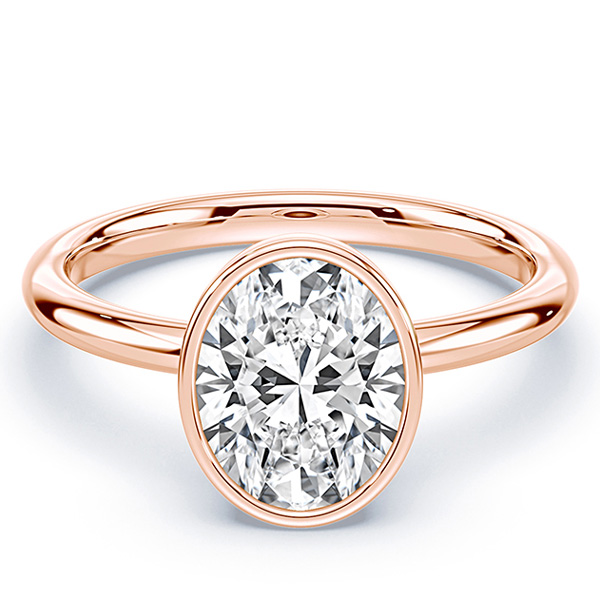
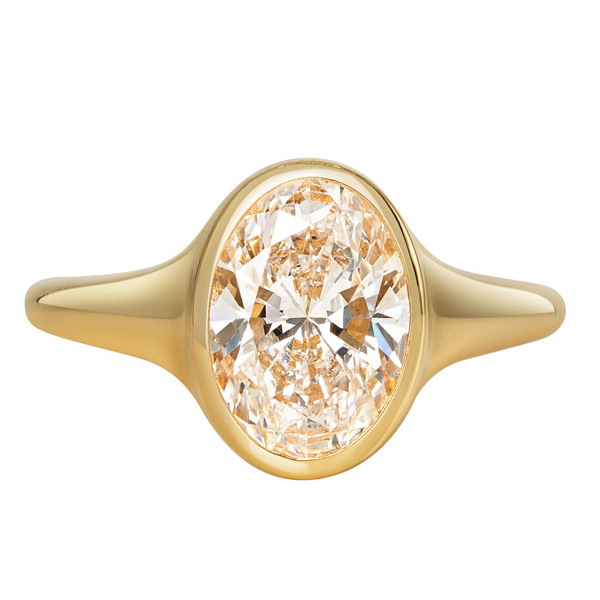
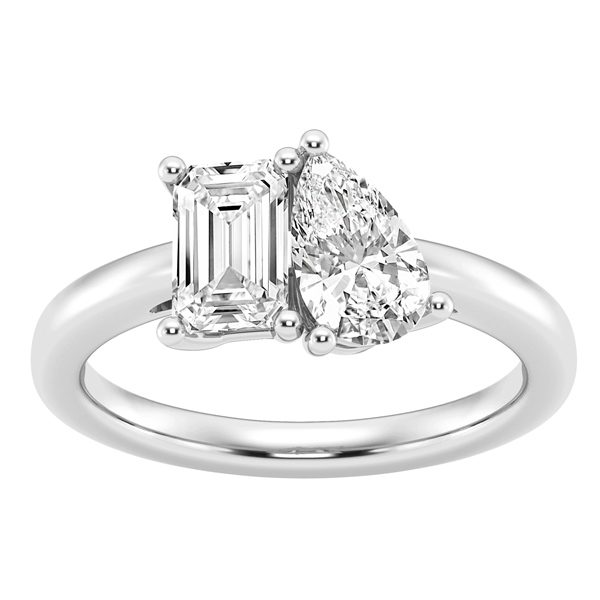
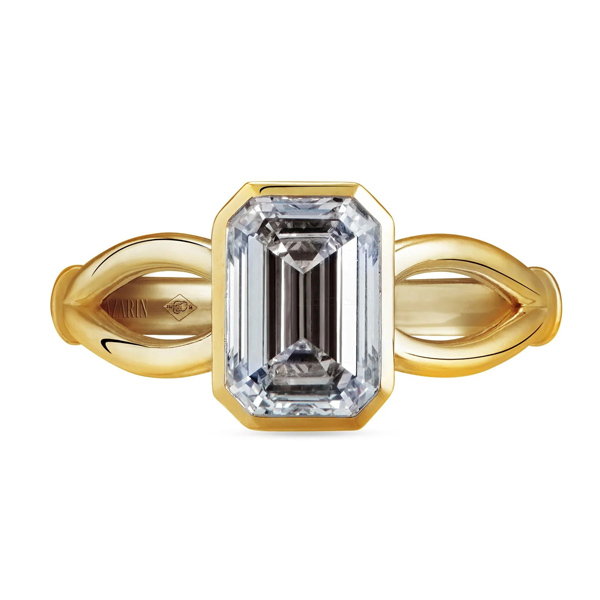
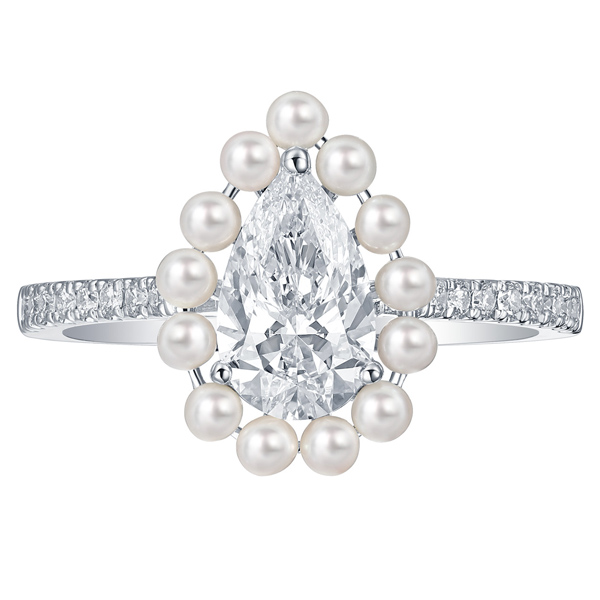
Top: Elle engagement ring in 18k yellow gold with pear-shape lab-grown diamond, $2,000 (setting only); Jean Dousset
- Subscribe to the JCK News Daily
- Subscribe to the JCK Special Report
- Follow JCK on Instagram: @jckmagazine
- Follow JCK on X: @jckmagazine
- Follow JCK on Facebook: @jckmagazine







